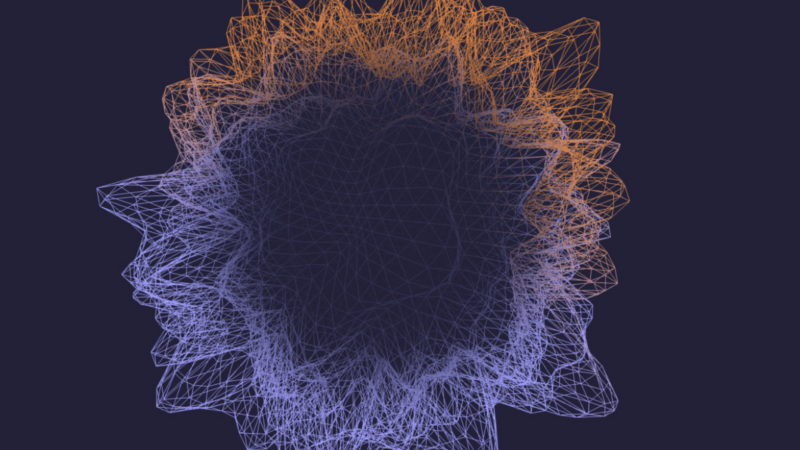The ‘66 World Cup Final, through 21st century eyes.
American artist Paul Pfeiffer’s reworking of footage from the 1966 FIFA World Cup™ final brought a whole new meaning to TV commentator Ken Wolstenholme’s famous remark: “They think it’s all over. It is now.”
Coinciding with the 2014 World Cup in Brazil, Jerusalem revisited the most famous moment in English sporting history through a pitch that appeared on a black and white screen – just as it did for 400 million viewers watching the World Cup final at home in 1966.
But this time it had transformed into a digital playing field. As the camera scanned across the stadium, figures appeared and disappeared, morphing into each other and fading away. The sound of a cheering, chanting crowd was haunted by voices from 1966: Prime Minister Harold Wilson; the President of the Royal Academy; the President of the United States; the BBC’s Alec Weeks – who was responsible for the live broadcast – and artist John Cage.
Created with machine vision expert Dr Brian Fulkerson, Pfeiffer’s Jerusalem explored the distance between a living present and a remembered past.
About this artist
Jerusalem was commissioned by The Space and Artangel.
Paul Pfeiffer is an artist who works with video, photography, installation art and sculpture to look at how technologies shape our visual experience. His work involves digitally changing iconic images, often from sporting events or Hollywood films, using today’s visual language to explore how we look at cultural events.
Dr Brian Fulkerson turns science fiction into reality. His speciality is teaching computers to understand and process what they see with their cameras and other sensors. For Jerusalem, he programmed computers to remove humans and other objects from video and turned them loose on footage of the 1966 Final, to produce a surreal re-visioning of the match.




